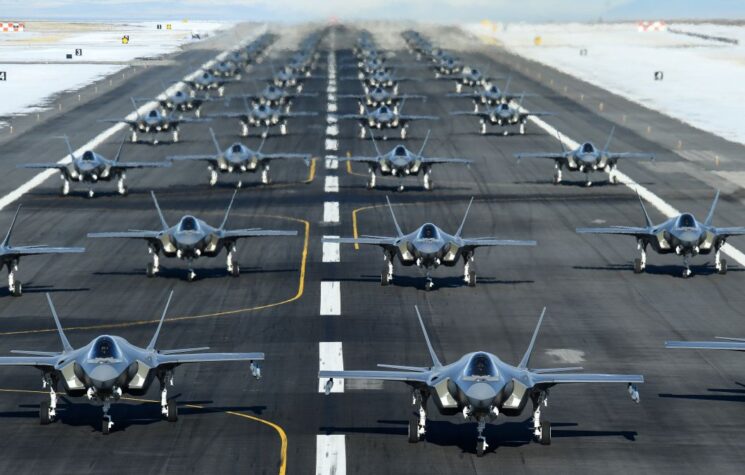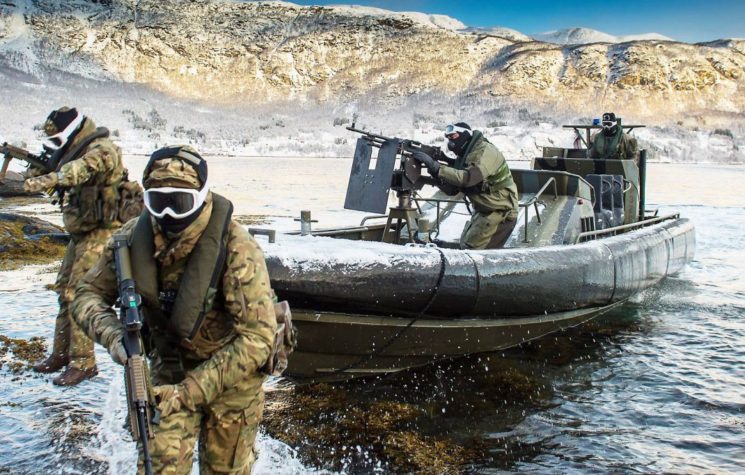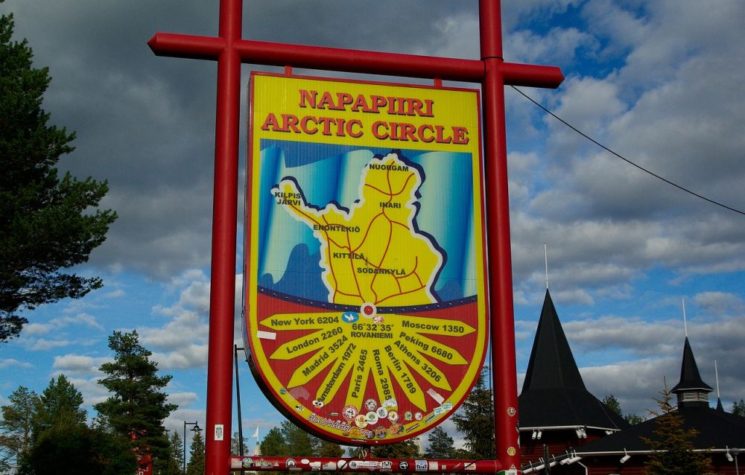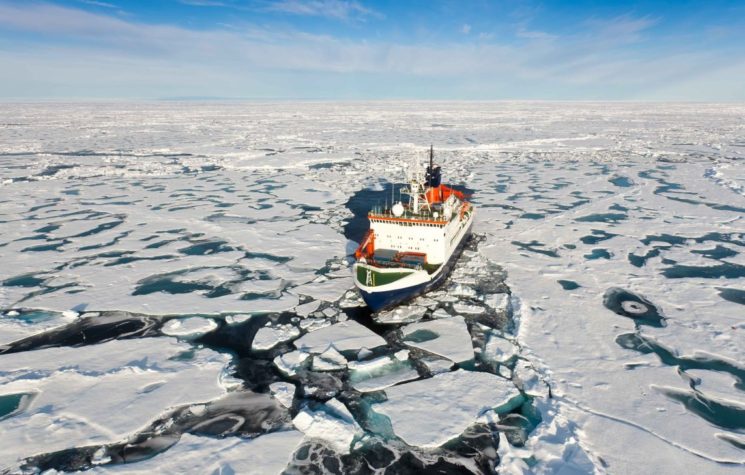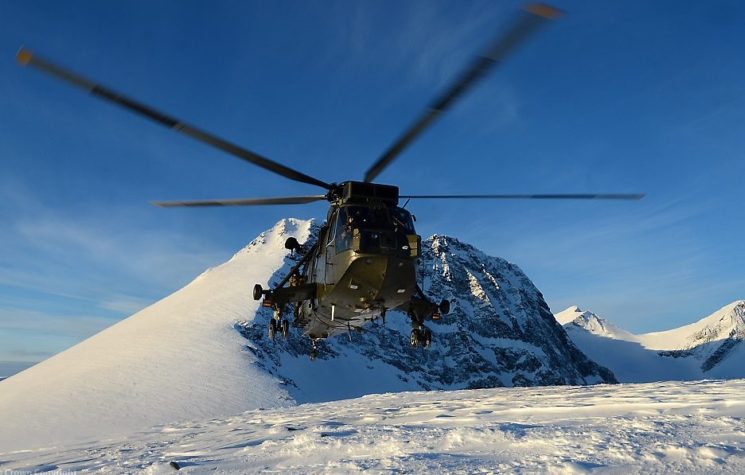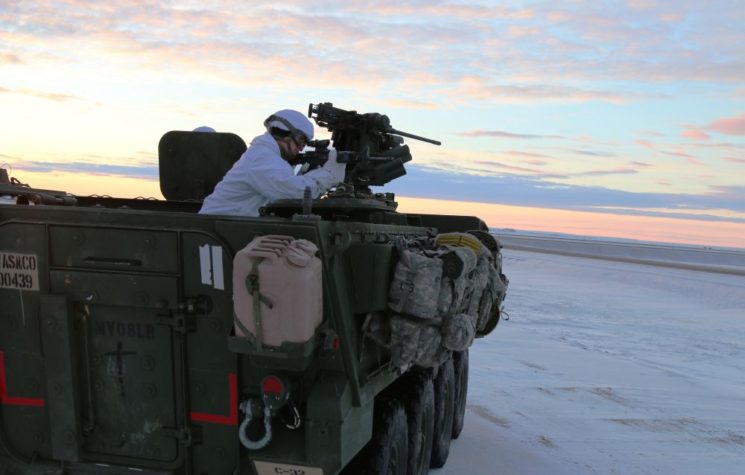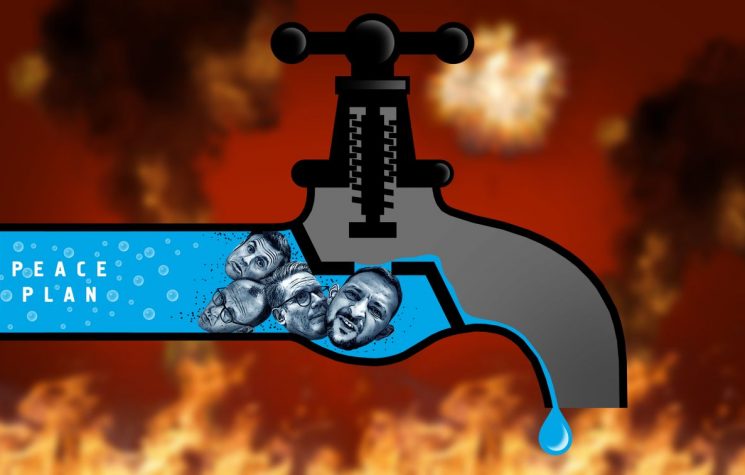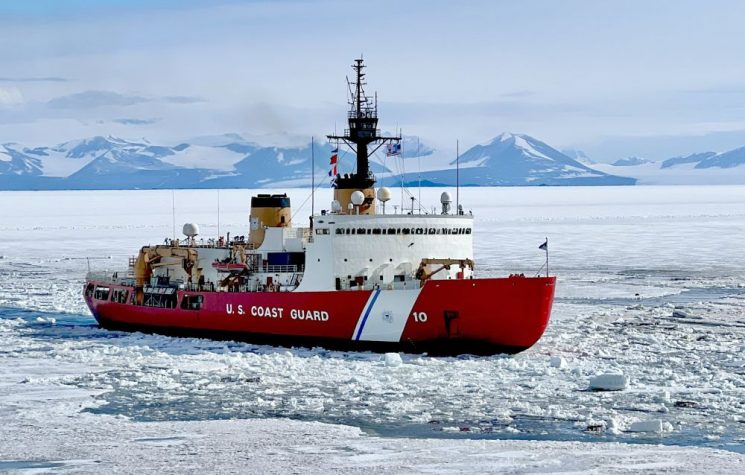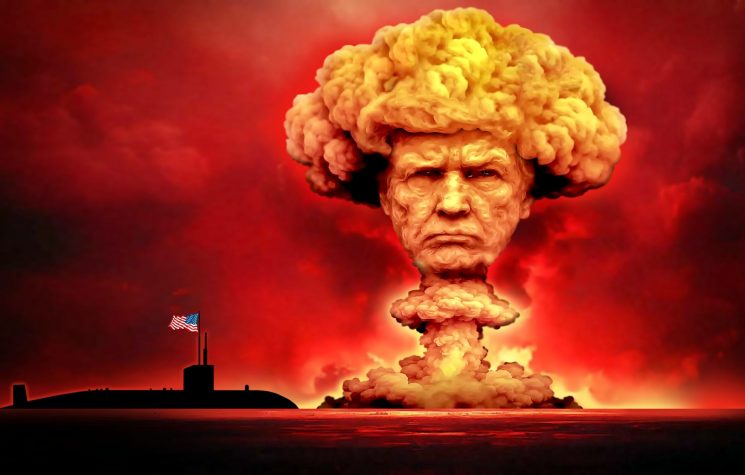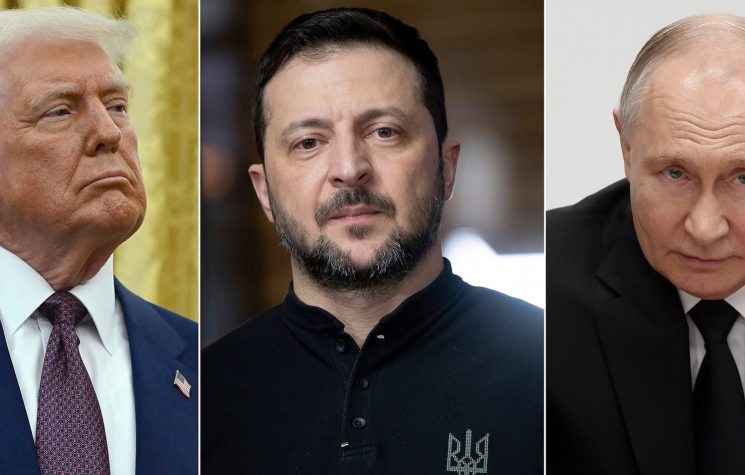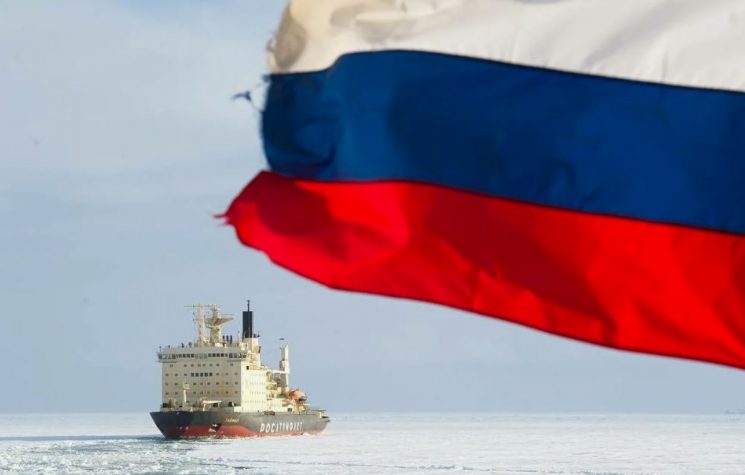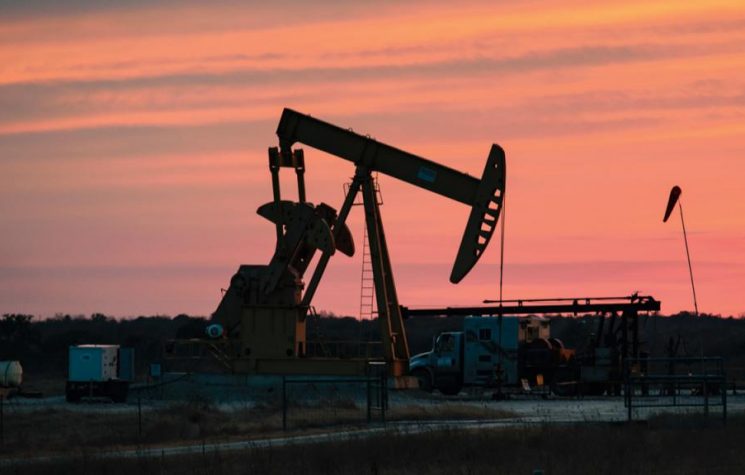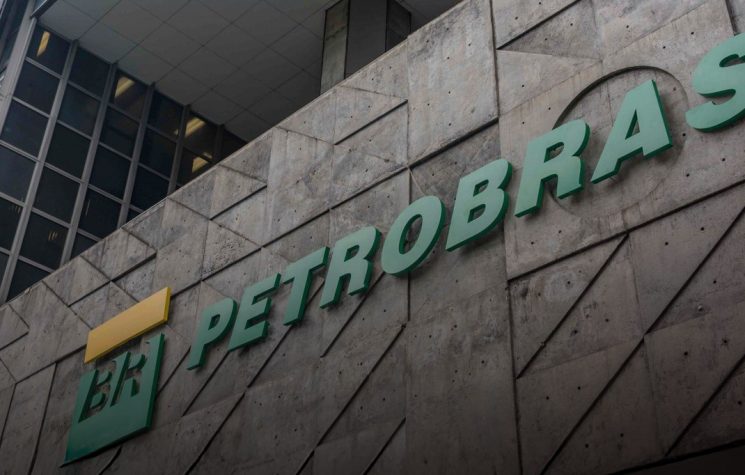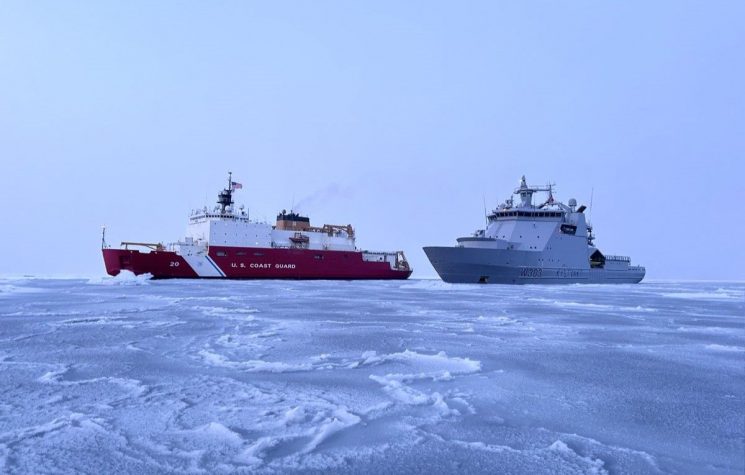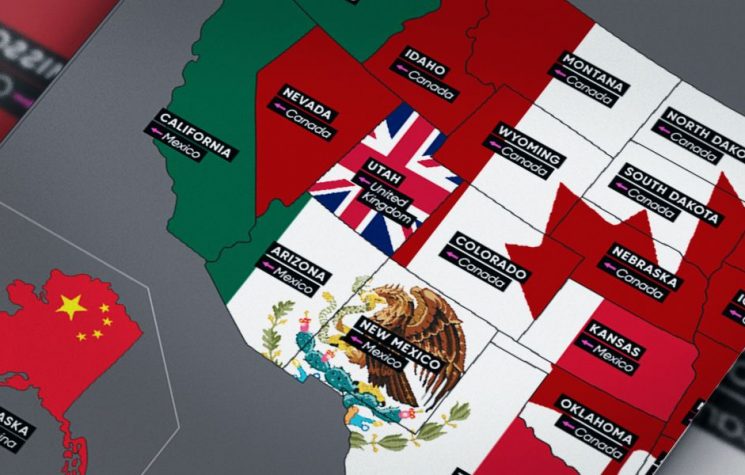In 2007 a Russian submersible planted a flag on the sea floor at the North Pole. This sparked a flurry of pearl-clutching in the West and idiotic concerns for Santa Claus’ safety (but keep calm, Canada will defend him!) drowning out the rational comment of Christopher Westdal, a former Canadian Ambassador to Russia:
In the Arctic, for a start, Mr. Putin is playing by the same Law of the Sea rules we endorse. The truth is that if we could have, we would have, long ago done much the same thing the Russians have just done. We were not amused, but Russia’s gambit was an entirely legitimate use of an impressive technology that we wish we had to highlight a claim.
The operative statement here is “if we could have, we would have”. The truth is that only Russia can and that means that the Arctic is essentially a Russian lake, or, if you prefer, a Russian skating rink. First of all, about 160 degrees of the circle – or 43% – is Russian, quite a bit more than Canada at 22%, Denmark/Greenland at 19% or the USA and Norway at 8% each. But it’s not just that more of it is Russian, the main point is that Russia can and the other four can’t.
Most of the Arctic is frozen most of the time and icebreaker ships are necessary. According to this list of operational icebreakers, Canada has six, the USA four, Denmark three, Norway two. Russia has more than seventy. Russia’s fleet is modern, the others are old. Russia has the only nuclear-powered icebreakers – eight in service according to Wikipedia. The Arktika is the world’s largest and most powerful icebreaker capable of operating through three metres of ice; there are three more in the works. But an even larger class is coming: four metre ice; construction began in July. Russia’s icebreaker capacity is so enormous that one of them spends its time running tourist cruises to the North Pole. None of the other Arctic countries has anything like this. The USA is planning to build more to replace its elderly fleet; Canada is “exploring options“.
The principal reason for Russia’s construction of such powerful icebreakers as the Project 10510 (aka Leader or Лидер class) is to turn the “Northern Sea Route” into a year-round useable shipping route. The route runs from Murmansk (ice-free year-round and therefore accessible to world shipping) along the top of Russia, through the Bering Straits into the Pacific Ocean – a much shorter route than anything else. At present, its potential is offset by the facts that it has very thick ice at the eastern end and that current icebreakers move slowly at their icebreaking limits. The intention is that the Leader class icebreakers will be able to move through the heavy ice at normal ship speeds (about 12 knots). All this is explained in here by John Helmer.
There are considerable geostrategic implications – this route is not just a way for Russia to earn transit fees. At present Chinese goods bound for Europe travel south, through the straits in Malaysia and Indonesia, through the Indian Ocean and on either through the Suez Canal, Mediterranean and Gibraltar or round Africa. This route has many narrow passages that can be interdicted by hostile powers; much of it is within reach of NATO. If the Northern Sea Route became routinely useable throughout the year, China would be able to more quickly and cheaply ship goods to its European markets. Using the Northern Sea Route will also put these goods far from the reach of the US Navy and its interminable “freedom of navigation” patrols. Likewise, goods coming to China – especially energy from Russia – will be out of reach of hostile powers. The Northern Sea Route, when added to the fast rail network being built by Beijing through Mackinder’s “World Island“, will be a geopolitical fact of no small significance: a response, if not checkmate, to the five-century power of Mackinder’s “world islands”. Both Beijing and Moscow routinely look farther into the future than Western capitals do and Moscow’s work in the Arctic is an example of this forward planning.
The Arctic is thought to have a great deal of natural resources, particularly petroleum. In such a large and inhospitable territory there is much to be explored but already there are many estimates: one ten-year old source estimates that 30% of the world’s undiscovered gas reserves (most in the Russian Arctic) and 13% of its oil reserves may be there. Another source reports that more than 400 onshore oil and gas fields have been discovered north of the Arctic Circle, more than two-thirds are in Russia. One of the largest Russian petroleum sources is in the Khanty-Mansiysk Autonomous Region from which over half of Russia’s oil comes but there are many other oil and gas fields in the Russian sector. Modern technology has made it more possible than previously to tap these resources and Russia is in the forefront of the exercise: Rosneft has just begun what promises to be an enormous operation in the Taymyr peninsula,
Given the inaccessibility of the Arctic, the most efficient way to transport natural gas is to liquefy it. Norway appears to have pioneered LNG technology in cold climates with its plant at Hammerfest that started operations in 2007. Two years later Russia opened its first LNG plant in Sakhalin (52 degrees north). In 2017 another plant was opened in the Yamal Peninsula at 71 degrees north (the same latitude as Hammerfest but much colder weather). To carry this LNG to its customers a fleet of icebreaking LNG carriers has been built in South Korea; the first, the Christophe de Margerie, completing a voyage from Norway to South Korea in August 2017 without needing the support of icebreakers. As of December 2019 the fifteenth and final of the fleet had taken on board its maiden cargo at the Yamal LNG port bound for China. That was the 354th LNG cargo from the port in the first two years of its existence. Once again we see that the country that supposedly “doesn’t make anything” actually makes big plans and executes them. Work on the plant begun in July 2012, it opened for business in December 2017 in time for the appearance of its fleet of specialised ships. The owner, Novatek, is building a third LNG plant in the Yamal region. Rosneft is building its own fleet of icebreaker LNG carriers for its Arctic LNG 2 project. Meanwhile an LNG plant for Alaska has been in concept since 2014 and thus far seems to have produced nothing expect planning permission. In Canada there are “feasibility studies“.
Petroleum supplies are by no means the only natural resources in the Arctic: there are many minerals there as well. In all these areas Russia is well advanced in exploration and exploitation. For many years Russia has maintained a coal mine in Spitzbergen, the Taymyr Peninsula has large coal reserves that India is interested in, there’s a large gold mine in Chukotka and Norilsk has been a producer of nickel, copper and palladium for years. Russia’s Arctic helium production is the subject of a breathless NYT piece. But these are just samples of what is likely there and the Northern Sea Route, when it is routinely operational, will open more areas for exploration, exploitation and transport.
The Arctic is a formidable environment and work, let alone mere survival, requires enormous amounts of energy the sources of which may be far from the sites. Moscow has an answer for that too – nuclear power stations. Specifically floating, and therefore moveable, nuclear power stations. The first of these, the Akademik Lomonosov, has been operating for more than a year in Pevek, Chukotka. A second is under construction and the current plan calls for seven in total. But, if the project succeeds – and so far so good – there will likely be more. Again, none of the other Arctic nations has anything like this, even though the USA actually pioneered the concept.
Of the five Arctic nations, only three seem to operate military bases in the true Arctic area. The USA has a number of facilities in Alaska but all of them are south of the Bering Strait but it does operate a significant air base at Thule in Greenland (76 degrees north) (Google maps). Canada operates CF Station Alert at 82 degrees north; but it is a relatively small huddle of buildings reachable only by air: (Google Maps). A naval facility is being constructed at the top of Baffin Island and is expected to become operational in 2022. This paper describes Canada’s efforts in its 22% of the Arctic and admits “Significant gaps remain between its current abilities and desired end-state, yet there has been a steady improvement in its basic skill sets”. Two of the Arctic nations – the USA and Russia – operate fleets of nuclear-powered submarines which can travel under the arctic ice but only Russia has submarines actually based in the territory at Polyarnyy in the Kola Peninsula.
By far the largest military force stationed in the Arctic is the Russian Northern Fleet. Not only does this include considerable surface and submarine elements but it fields a strong aviation component and coastal troops complete with shore defence missiles and air defence assets. To say nothing of nuclear forces – here are four Bulava ICBMs being fired from an SSBN in the White Sea. Altogether a very strong and balanced force with direct exit into the polar ocean. The Northern Fleet is continually exercised as the Russian MoD site shows. The other Arctic nations have nothing to compare: they may make occasional excursions into the Far North but only Russia is there all the time.
But where Russia really has a military presence in the Arctic are the bases that it has built. In no way can CFS Alert’s huddle of huts be compared to the amazing Trefoil base on Alexandra Land at 80 degrees north (Google maps.) It is said to be able to provide “comfortable” living for up to 150 soldiers for a year and a half. Another base, the Northern Clover base (250 troops) on Kotelny Island, is in operation, equipped and exercised. Another base is being built in Tiksi. There are at least five airbases on the Russian Arctic archipelago. And it’s not just troops and aircraft – a couple of years ago Arctic-adapted vehicles were shown in the Victory Day parade – they include air defence systems, all-terrain vehicles and armoured fighting vehicles. A version of the T-80 tank is being refurbished for Arctic service. Meanwhile, in 2013 Canada was testing a snowmobile but nothing seems to have happened with it.
The reality of Russia’s possession of its Arctic territories is met with the usual hyperventilation in the Western media “Russia sees its assertive military posture…”; “What Is Behind Russia’s Aggressive Arctic Strategy?“; “Arctic Aggression: Russia Is Better Prepared for a North Pole Conflict Than America Is: Not good“; “Meeting Russia’s Arctic Aggression“; “Putin is making a power grab for the Arctic“. And so on. “Assertive”, “aggression”, “power grab” are the words of the propagandist: what Russia is actually doing is defending and exploiting its territory. Just as we would. If we could.
In President Putin’s Arctic policy statement of March 2020:
Russia’s main national interests in the Arctic are as follows: to ensure Russia’s sovereignty and territorial integrity; preserve the Arctic as a territory of peace and stable mutually beneficial partnership; guarantee high living standards and prosperity for the population of the Russian Arctic; develop the Russian Arctic as a strategic resource base and use it rationally to speed up national economic growth; develop the Northern Sea Route as a globally competitive national transport corridor; and to protect the Arctic environment, the primordial homeland and the traditional way of life of the indigenous minorities in the Russian Arctic.
A bit of propaganda there, but mostly cold hard national interest.
Russia has made the plans and followed through – the other Arctic nations mostly talk about it or complain.
To repeat Christopher Westdale:
“If we could have, we would have.”








